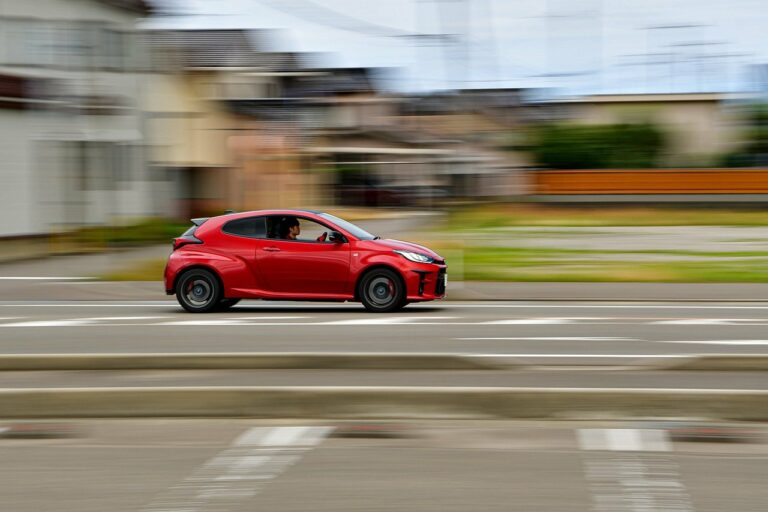Consumer Preferences in Electric Vehicle Design: Aesthetics vs. Functionality
Considering the rapid advancements in technology and the push for more sustainable transportation options, electric vehicles (EVs) have gained significant attention in recent years. Despite their eco-friendly appeal, consumer perceptions surrounding EVs remain varied and influenced by factors such as range anxiety, charging infrastructure, and overall cost. While some consumers view EVs as a promising solution to reduce emissions and combat climate change, others express concerns about the limited driving range and accessibility of charging stations, leading to skepticism about making the switch from traditional gasoline-powered vehicles.
Moreover, misconceptions about EV performance, maintenance costs, and battery reliability also play a role in shaping consumer attitudes towards electric vehicles. As automakers continue to invest in improving battery technology, expanding charging networks, and enhancing driving range, consumer perceptions of EVs are gradually evolving. Education and awareness campaigns highlighting the benefits of electric vehicles, such as lower operating costs and reduced greenhouse gas emissions, are crucial in shifting consumer attitudes towards embracing a more sustainable mode of transportation.
Role of Aesthetics in Electric Vehicle Design
Electric vehicle design encompasses a delicate balance between aesthetics and functionality. The appearance of an electric vehicle plays a significant role in attracting consumers and shaping their perception of the vehicle. Aesthetics go beyond just visual appeal; they can evoke emotions and convey the values associated with the brand, ultimately influencing consumer purchasing decisions.
Design elements such as sleek lines, futuristic accents, and unique lighting can differentiate electric vehicles in a crowded market. A well-designed electric vehicle not only catches the eye but also communicates modernity, sustainability, and innovation. Consumers often associate visually striking designs with advanced technology and superior quality, making aesthetics a crucial factor in the success of electric vehicles in an increasingly competitive industry.
Importance of Functionality in Electric Vehicle Features
One of the key aspects that influences consumers’ decision-making process when it comes to electric vehicles is the functionality of the features offered. In today’s fast-paced world, people are looking for convenient, practical, and efficient solutions to their transportation needs. This is especially true when it comes to choosing an electric vehicle, where functionality plays a critical role.
Consumers expect electric vehicles to not only be environmentally friendly but also user-friendly. The design and functionality of features such as battery range, charging infrastructure, connectivity options, and driver-assist technologies greatly impact the overall experience for electric vehicle owners. A seamless integration of these features contributes to the usability and appeal of electric vehicles in the eyes of consumers, ultimately driving the demand for more functional and practical electric vehicle options.
• Consumers expect electric vehicles to be environmentally friendly and user-friendly
• Functionality of features such as battery range, charging infrastructure, connectivity options, and driver-assist technologies is crucial
• Seamless integration of these features enhances usability and appeal of electric vehicles
• Demand for more functional and practical electric vehicle options is increasing
How do consumers perceive electric vehicles in terms of functionality?
Consumers generally prioritize functionality in electric vehicles, such as range, charging infrastructure, and ease of use.
Is aesthetics important in the design of electric vehicles?
Aesthetics play a role in attracting consumers to electric vehicles, but functionality and practicality are often more important factors in decision making.
What are some key features that contribute to the functionality of electric vehicles?
Key features include battery range, charging speed, regenerative braking, energy efficiency, and connectivity options.
How can manufacturers improve the functionality of electric vehicles?
Manufacturers can improve functionality by investing in battery technology, expanding charging infrastructure, enhancing driver assistance systems, and providing user-friendly interfaces.
Are there any specific features that consumers prioritize when choosing an electric vehicle?
Consumers typically prioritize features such as fast charging capabilities, long battery range, reliable performance, and advanced safety features when choosing an electric vehicle.







